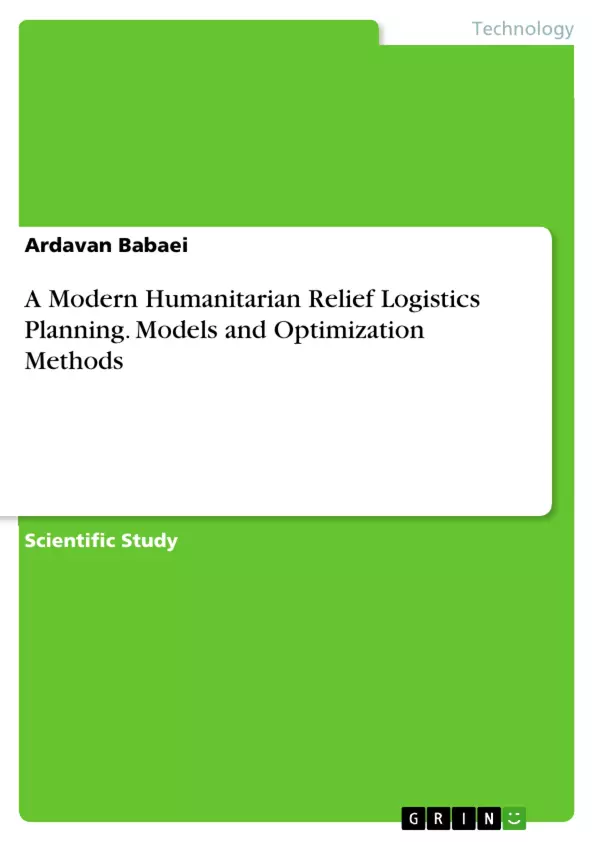When a disaster occurs, it will cause serious human life and financial losses. Therefore, in order to contain this issue, relief services and aids should be provided in the shortest possible time with the maximum coverage, so that in the early moments of the disaster the decision can be made and in order to react quickly to the extent that injuries and damages will be reduced and the probability of survival and non-destructions will be maximized. Therefore, the distance to which the relief owners must go to reach the injured person and, from there, bring him back to the place where he needs to be rehabilitated and return to his original location for providing further service, is an important factor to be taken into consideration. In this way, time is one factor that can be considered as a complementary factor of distance, especially in busy areas. In this regard, depending on the coverage level, it is possible to maintain the survival probability of human life and property in unforeseen events.
Frequently asked questions
What is the subject of this document?
This document presents language preview that includes biographies, preface, table of contents, chapter summaries, and a case study of disaster management in Kashan, Iran.
What is the first chapter about?
Chapter 1 is about Humanitarian Relief Logistics, covering Introduction, Facility Location, Distribution, Discharge, and a Conclusion.
What is the second chapter about?
Chapter 2 focuses on "A Supportive Human-Based Robust Humanitarian Logistics Model Especially Considering to Disaster Management," using Kashan, Iran, as a case study. It delves into problem definition, mathematical modeling, solution methods like the ε-Constraint Method and Metaheuristic approaches (Genetic algorithm), result analysis, and conclusion.
What topics are covered in chapter 3?
Chapter 3 explores "A Modern Humanitarian Logistics Model under Factual Conditions of Urban Public Health Specially Considering to Environmental Issues." Topics include introduction, literature review, problem definition, solution methods like Simulated Annealing, and computational results.
What are the main objectives sought in the proposed models?
The main objectives are diminishing costs, expanding the scope of harmed individuals, minimizing traveling time and distance, assisting lifesaving, increasing the likelihood of survival, and diminishing the harm caused by disasters.
What are some limitations faced when planning disaster relief?
Limitations include scarcity of disaster vehicles, funding shortages, lack of skilled labor, and road and vehicle failures. The document emphasizes the need to consider both determined and unforeseen constraints for effective disaster management.
What kind of optimization methods are used in this document for solving models?
Deterministic, Meta-heuristic models and stochastic models are implemented. These solving methods are applied algorithmically in order to identify and solve the problem step by step.
What types of reverse logistics costs and physic costs are included in this document?
The costs includes reverse logistics and physic costs and covers the aim of minimizing the procurement cost of logistics, environmental and operational costs and psychic costs.
- Citar trabajo
- Ardavan Babaei (Autor), 2017, A Modern Humanitarian Relief Logistics Planning. Models and Optimization Methods, Múnich, GRIN Verlag, https://www.grin.com/document/383739



